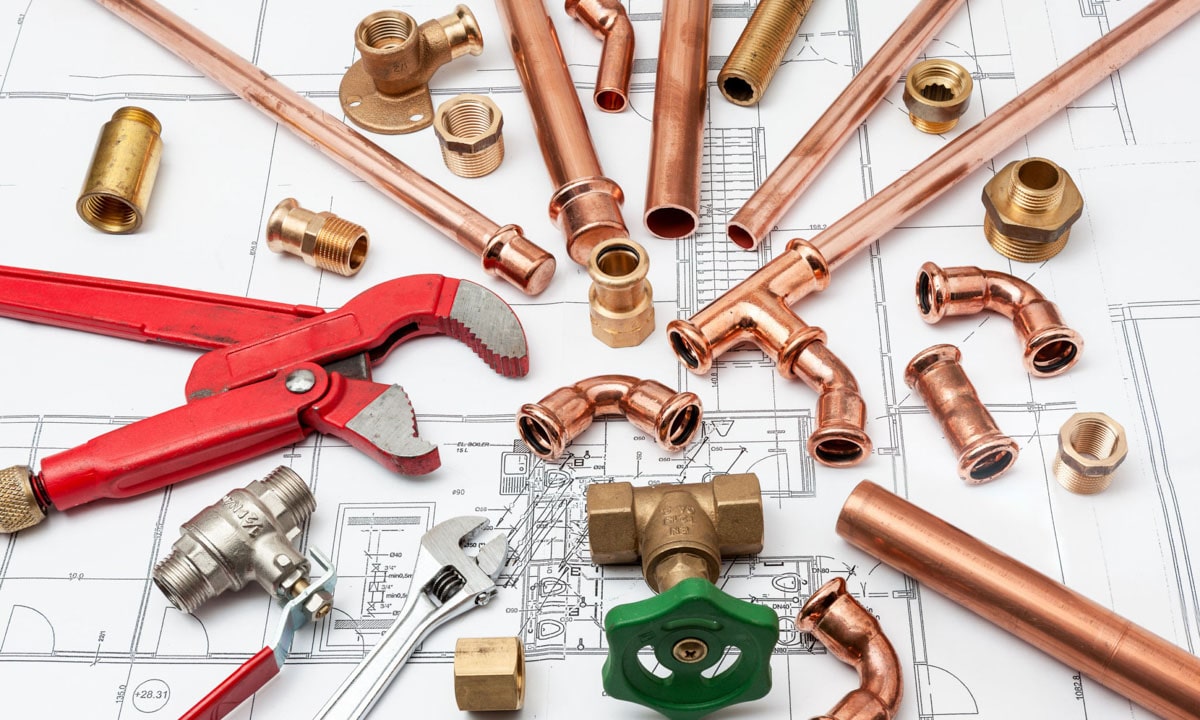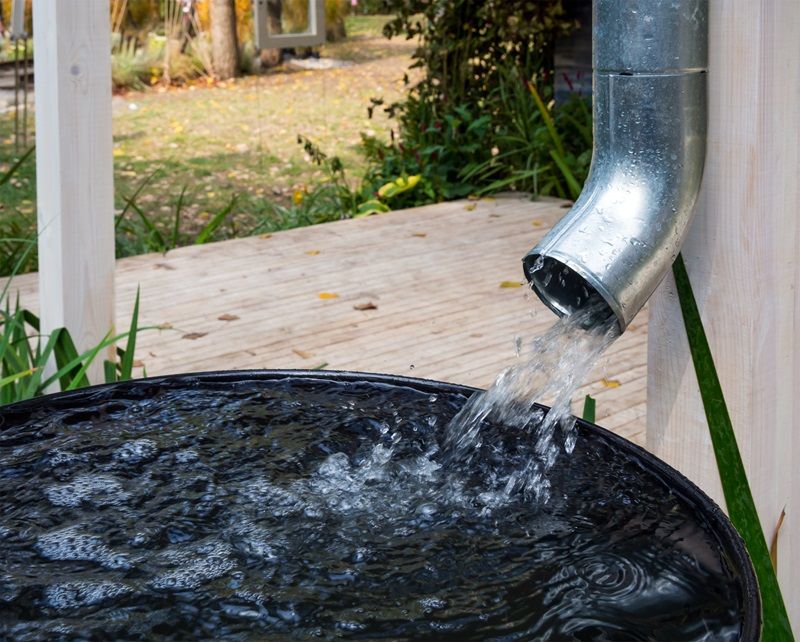What're your thoughts and feelings on 7 Plumbing Industry Trends You Need To Know?

Introduction
The pipes industry is undergoing a transformative phase driven by technological improvements and growing problems for sustainability and performance. This short article explores emerging fads and technologies forming the future of pipes.
Smart Plumbing Systems
Incorporating wise technology right into plumbing systems enables remote monitoring, leak discovery, and automated upkeep. Smart sensors and IoT (Net of Points) tools allow home owners and plumbing professionals to keep an eye on water usage and find issues in real-time, causing extra reliable source monitoring and positive maintenance.
Water Performance Solutions
With boosting focus on water preservation, cutting-edge options are being created to minimize water wastefulness in pipes systems. High-efficiency components, greywater recycling systems, and clever watering controllers are amongst the technologies assisting customers minimize their water footprint while preserving comfort and benefit.
Sustainable Materials
The change towards sustainability includes plumbing materials, with an expanding preference for environmentally friendly choices. Naturally degradable piping products, such as PEX (cross-linked polyethylene) and HDPE (high-density polyethylene), offer longevity and resistance to corrosion without endangering ecological stability.
Predictive Maintenance
Predictive upkeep methods leverage information analytics and artificial intelligence algorithms to prepare for and prevent pipes issues prior to they occur. By examining historic information and performance metrics, anticipating maintenance algorithms can recognize patterns and anomalies, enabling aggressive treatments to prevent costly repair services and interruptions.
Increased Fact in Pipes
Increased Fact (AR) technology is changing pipes by providing professionals with real-time aesthetic guidance for fixing and repair service tasks. AR-enabled clever glasses or mobile applications overlay digital details onto the physical setting, helping plumbings picture pipeline layouts, determine surprise leaks, and implement repairs with accuracy.
Influence of 3D Printing
The advent of 3D printing has presented brand-new opportunities in making pipes parts. From custom-designed fixtures to elaborate pipe installations, 3D printing permits fast prototyping and on-demand manufacturing, decreasing preparations and enabling greater personalization in plumbing layout.
Health and Safety Characteristics
In reaction to heightened concerns for health and wellness, pipes components are incorporating functions such as antimicrobial surface areas, touchless procedure, and self-cleaning systems. These developments not just boost health however additionally advertise user comfort and benefit.
Hygiene-focused Components
Touchless faucets, self-sanitizing toilets, and antimicrobial surfaces are ending up being progressively common in domestic and industrial settings, reducing the threat of germ transmission and advertising a cleaner, much healthier environment.
Water Quality Monitoring
Developments in water high quality surveillance innovations allow homeowners to check the purity and safety and security of their water system in real-time. Smart water high quality sensing units can spot pollutants, pH degrees, and temperature level variants, encouraging users to take aggressive steps to make sure water security.
Remote Pipes Services
Remote diagnostics and virtual support are reinventing the method plumbing solutions are delivered. With video clip conferencing and remote access innovations, plumbers can troubleshoot issues, give guidance for do it yourself fixings, and also perform remote assessments, supplying better access and comfort to property owners.
Challenges and Opportunities
While pipes innovations hold immense guarantee, they likewise present obstacles such as data personal privacy concerns, regulatory compliance, and the requirement for labor force training. Attending to these difficulties requires collaboration in between industry stakeholders and regulative bodies to ensure risk-free and liable implementation of new innovations.
Regulatory Landscape
Governing frameworks play a vital function fit the adoption of pipes advancements, with criteria and codes regulating every little thing from water efficiency to product security. As innovations continue to progress, governing bodies should adjust to make certain consumer defense and environmental stewardship.
Future Outlook
The future of plumbing is identified by proceeded innovation and assimilation with other fields such as IoT, renewable energy, and building automation. By embracing lasting techniques, leveraging emerging technologies, and prioritizing user-centric layout, the plumbing sector is poised to deal with the advancing requirements of society while minimizing its environmental footprint.
Final thought
To conclude, the future of plumbing is defined by a merging of innovation, sustainability, and user-centric style. By accepting smart remedies, lasting materials, and positive upkeep techniques, the plumbing industry can enhance efficiency, promote security, and add to a more sustainable future.
Plumbing Industry Trends You Need To Know
Smart technology in plumbing
Homeowners want to be able to manage their homes from their phones. The technology exists to make that happen. From smart toilets to leak detector devices, the whole plumbing system can be managed on an interconnected network made up of sensors, IoT devices, and machine learning algorithms.
This allows for wireless control to turn appliances on and off, automate routines, and access advanced monitoring to track water usage and flag potential issues. Smart technology streamlines water consumption, maintenance and energy usage, creating a more efficient system.
Green plumbing
The data analysis possible with smart technology not only improves convenience and cost-effectiveness but also fulfills a high-priority customer desire – sustainability. Consumers are very aware of their impact on the planet and want plumbing solutions to reduce damage and support sustainability. Eco-friendly plumbing solutions are already starting to emerge.
Customers can opt for low-flow toilets, water-saving faucets, and connections to sustainable energy sources. Beyond monitoring water consumption, customers can conserve water through the installation of greywater systems. This is a system that collects water that has been used but is still clean enough for some household uses such as toilet flushing.
Shorter product pipeline
To keep up with modern plumbing, plumbers need modern tools that enable them to complete jobs more efficiently. One technology making strides in this area is 3D printing. By 3D printing key plumbing fixtures, plumbers can reduce wait times even for specialized fixtures. It minimizes delays often seen in traditional manufacturing that frustrate customers and prevent plumbers from taking on more work.
Off-site repairs
Augmented reality is making a splash in many industries including plumbing. Plumbers can map a building online so they can explore the plumbing system through augmented reality, identifying areas of maintenance and repair completely digitally. This technology can be applied quite widely in plumbers’ work including planning installations and training new recruits. It’s safer, smarter and more efficient.
Low-footprint materials
Another way for plumbing companies to reduce their environmental footprint and meet the customer demand for sustainability is by using recycled materials in their work. The products they source and manufacture such as pipes, fixtures and faucets can be made from recycled materials. This saves the planet while being just as effective.
Onsite water purification
Additionally, plumbing companies can be advocates of water conservation and ease the financial and environmental concerns of customers by offering water purification systems. New water purification technology such as reverse osmosis systems and UV systems make it possible for homeowners and business owners to thoroughly cleanse water, removing contaminants onsite. This means the water can be safely reused in more ways than greywater can be, establishing a water recycling loop.
Tankless water heaters
Another innovation of modern plumbing is tankless water heaters. The idea is that the water is heated on demand as it runs through the system instead of being heated in a water tank. This is more energy efficient and therefore cost-effective and eco-friendly because water isn’t heated needlessly.

I am just very involved in The Future Of Plumbing: Trends And Technologies To Watch and I really hope you liked my blog entry. Are you aware of another individual who is sincerely interested in the subject? Why not share it. Thank you for your time invested reading it.
Click Here